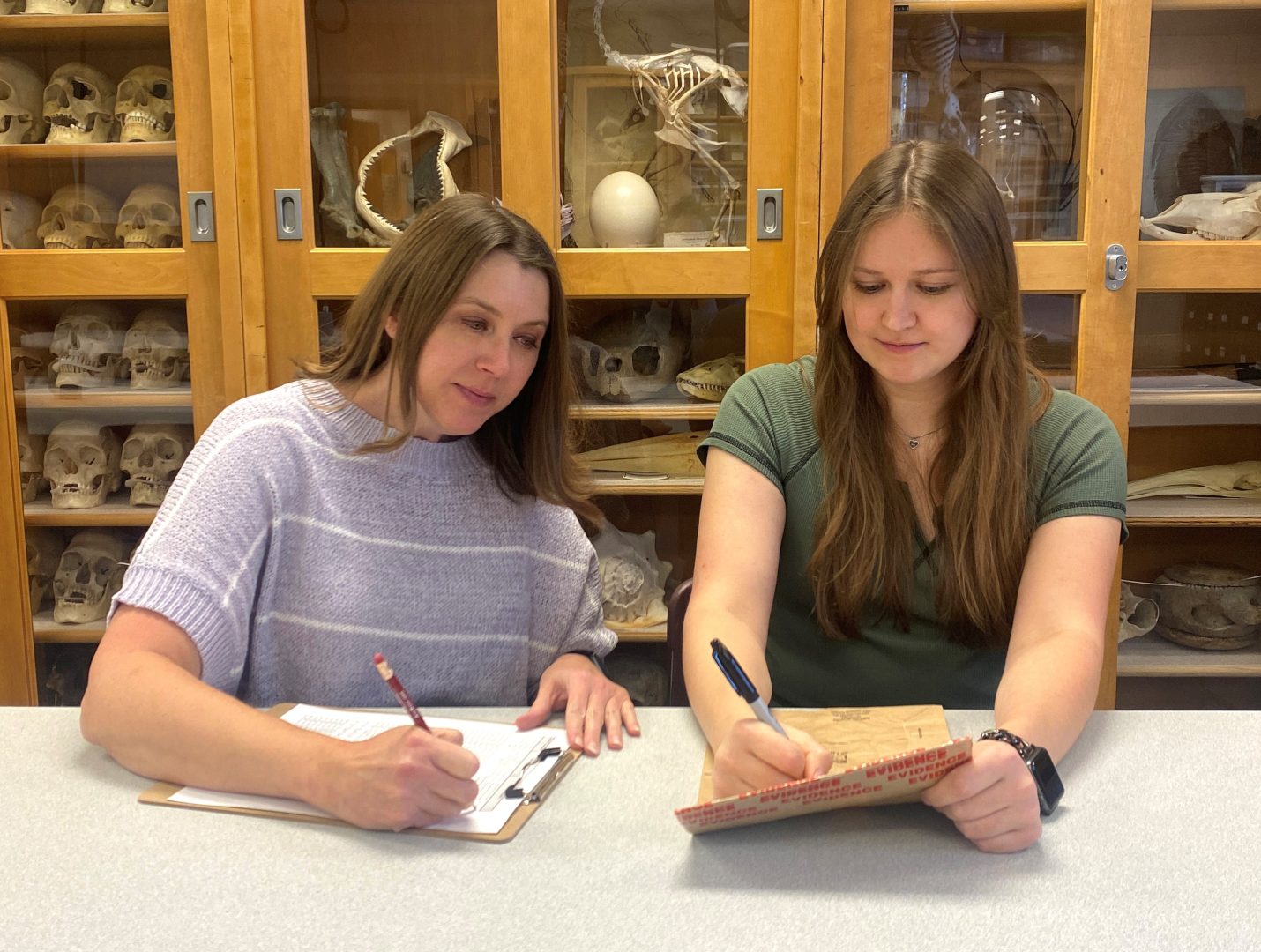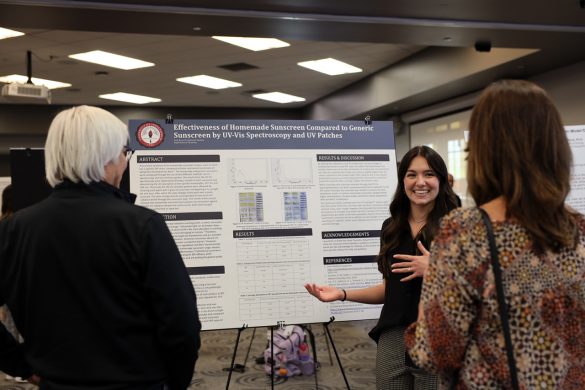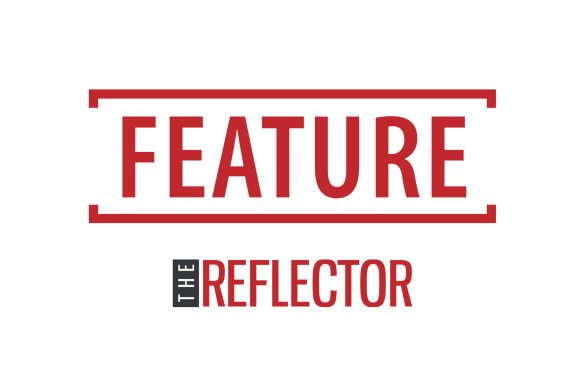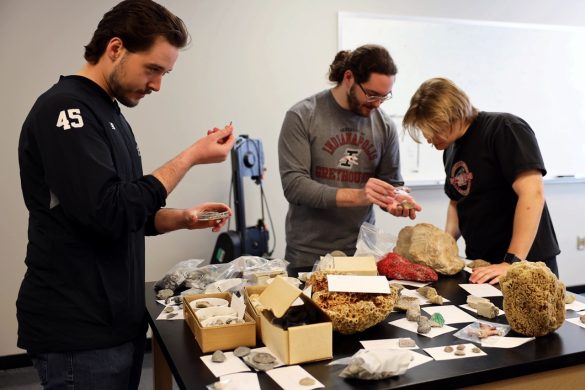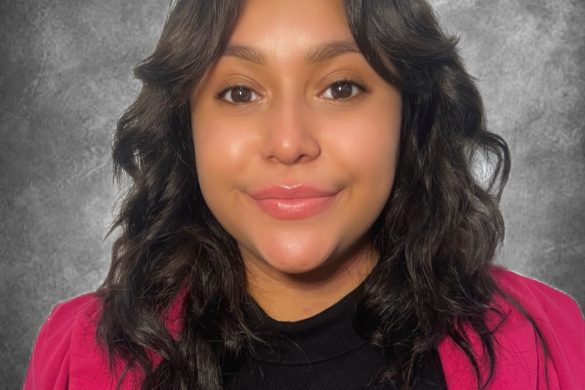The Human Identification Center has helped solve a 30-year mystery with the identification of Allen Livingston, according to Professor of Biology and Anthropology, HIC Director and certified forensic anthropologist Krista Latham. Livingston was suspected to be a victim of a murder, according to an article by NBC News, and his DNA was matched to a sample found at Fox Hollow Farm in Westfield, Ind. When the case was opened in 1996, NBC News stated that only eight bodies were identified because the technology at the time was not advanced enough to identify everyone.
Latham said that the HIC has worked closely with the coroner’s office and the Indiana State Police to identify Livingston. She said that it was a team effort that started in 1996, by Sease Distinguished Professor of Forensic Studies & Professor of Biology Stephen Nawrocki, who started the HIC and went to Fox Hollow Farm to recover the skeletal remains. Over the 30 years, the HIC has provided a secure and stable environment for the unidentified remains of the victims, until technology advanced enough to identify them
“So it wasn’t just our lab that helped with this identification, we worked with a lot of other agencies. And it was knowledge that we all brought to the table,” Latham said.
Human biology graduate student Jordan Roberson said that the team would decide which bones would be best for DNA analysis after examination. They would then package the remains, fill out a submission form through the Indiana State Police, set up an appointment and, when the time came, go through the chain of custody with the samples.
“For evidence packaging, you have to have it in a sealed container in a specific way,” Roberson said. “So we usually use paper bags, and you have to have tape in very specific locations, like on the very top of the bag and then around the top as well. You have to initial every seam that the tape makes.”
Roberson said that this has been a unique experience at the University of Indianapolis. She explained that she had come for the skeletal work but has also worked in the DNA lab. With this case, Roberson said she has learned about the legal processes in Indiana, DNA analysis and packaging and submission for evidentiary items.
According to Latham, the HIC includes the only forensic anthropology lab in Indiana and a forensic DNA lab. She said that there are about 100 cases per year, and these allow UIndy human biology majors to get hands-on experience.
Latham said that this is a case that they have tried to reopen many times, and each time they were told that it was impossible. She said they were told resources were not available and technology was not there.
“The Hamilton County Coroner was very motivated to reopen this case,” Latham said. “As scientists, we can’t just work on cases we have to have their permission or their motivation to do so. And he was motivated, and he wanted to find the resources and the right team members to make it happen.”
According to the Hamilton County Elected Officials document, Hamilton County Coroner Jeff Jelllison started his term on Jan. 1 of this year. According to an article written by the Hamilton County Reporter Newspaper, Jellison has served as the Deputy Coroner for Hamilton County for six years. He also spent two years as a dispatcher and reserve officer and, according to the article, also served as a police officer for 10 years in the City of Carmel.
Latham said that this is a mass disaster situation and the Indiana State Police lab provided time and resources to help address it. The amount of material is overwhelming local resources and the remains were commingled after being burned and broken, and Latham said that they do not know how many unidentified individuals there are.
Latham said that what was most gratifying about identifying Livingston was bringing resolution to a case that has been unresolved for more than 30 years. She said that there is also hope because the process has just started and an identification has been made early on. Forensic anthropologists are advocates for the decedents, Latham said, who make sure identification is made.
“I don’t really do it for myself as much, I do it because I really want to give closure to these families and to identify these individuals who have been unidentified for so long,” Roberson said.
